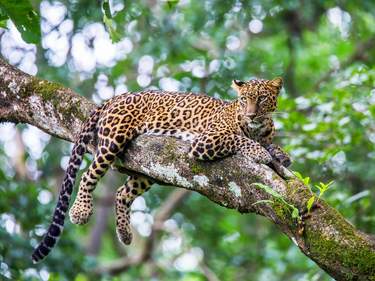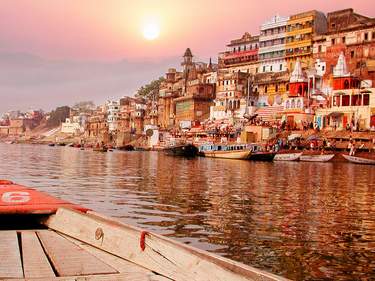What is the best month to visit India?
The best months to visit India would be either November or February. These months are in the shoulder season between peak tourist months of December and January, but before the monsoons begin across the country. Here's a more thorough month-by-month breakdown of the best time to visit India:
Weather in India in January
Mid-winter sees the most marked contrasts between the climates of north and south India. While Delhi, for example, may be ravaged by chill winds blowing off the snowfields of the Himalayas, the Tamil plains and coastal Kerala, more than 1000km south, still stew under fierce mail-monsoon sunshine.
January is peak tourist season in India. Cities like Delhi, Agra, and Jaipur witness a surge in visitors eager to explore iconic landmarks such as the Taj Mahal and the Pink City. However, crowded tourist sites and higher accommodation prices are common drawbacks during this time.
Also worth noting that in Delhi the winter months are some of the worst for the city’s air pollution levels. It is in winter when Delhi experiences the worst of its smog.
Weather in India in February
Crowds start thinning out in February, making it prime time to visit. The weather is still lovely, with sunny days and cool evenings. Delhi experiences average temperatures ranging from 50°F to 75°F (10°C to 24°C), while Agra sees temperatures between 52°F to 77°F (11°C to 25°C), and Jaipur averages between 54°F to 79°F (12°C to 26°C).
At this time the coastal areas are blessed with dry weather and balmy temperatures mail monsoon. This is also the season when most of Goa’s famous club nights and parties take place.
Weather in India in March
Spring sneaks in, bringing warmer days and cool nights. South India is all about beach vibes and cultural explorations. Another perk of visiting in March is the opportunity to witness Holi, the festival of colors. In cities like Mumbai, average temperatures range from 66°F to 91°F (19°C to 33°C), while Chennai experiences temperatures between 72°F to 90°F (22°C to 32°C).
March is also considered the best time of year to visit the wildlife parks of central India, such as Ranthambore and Kanha.


_listing_1448379939234.jpeg)









